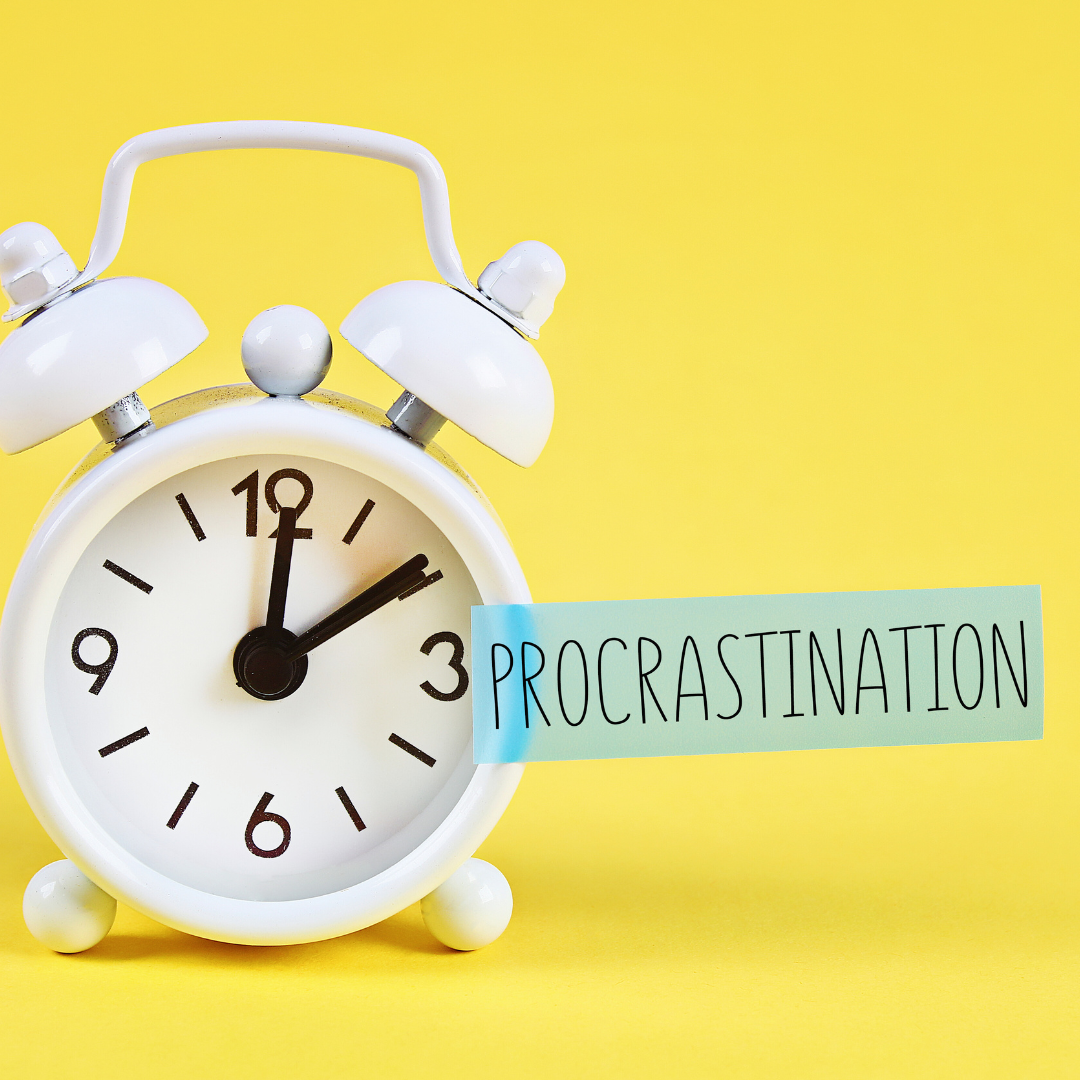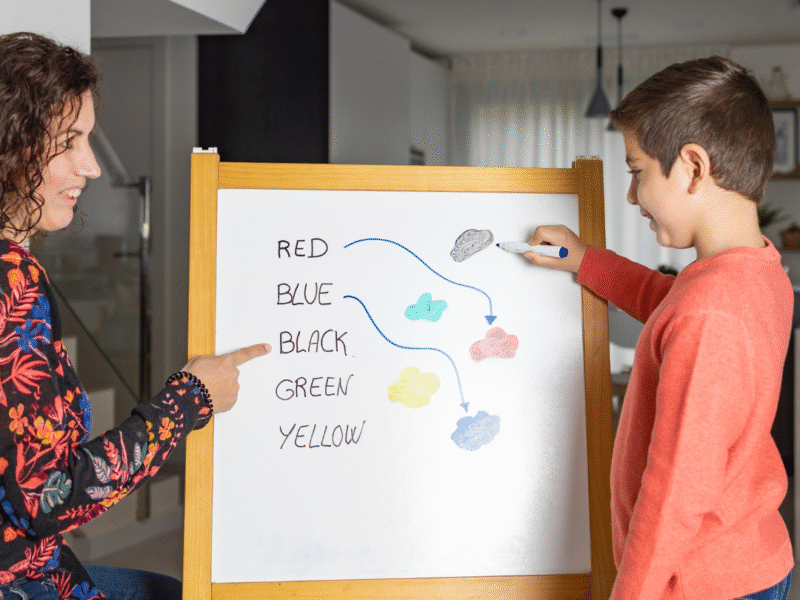Procrastination can be a common hurdle for many individuals, often leading to stress and missed deadlines. Recognizing the triggers that lead to procrastination is key to overcoming this habit. With the right strategies, anyone can learn to push through distractions and elevate their productivity.
To combat procrastination, it is essential to implement effective time management techniques and set specific, achievable goals. Breaking tasks into smaller, manageable steps allows for a clearer focus and a sense of accomplishment.
Additionally, creating a conducive work environment can significantly impact one’s ability to concentrate. Minimizing distractions and setting dedicated work times helps establish a routine that fosters productivity and reduces the temptation to procrastinate.
Understanding Procrastination
Procrastination involves delaying tasks, and it often stems from various psychological factors and emotions. Recognizing these elements can help individuals address their procrastination more effectively.
The Psychology Behind Procrastination
Procrastination is frequently linked to an avoidance response. Individuals may avoid tasks that provoke negative emotions, such as anxiety or fear of failure. This avoidance can lead to a cycle of delay, creating more stress and pressure.
Perfectionism plays a significant role in procrastination as well. Those striving for high standards may hesitate to start tasks due to irrational fears about not achieving their ideal outcome. The result is a reluctance to engage in tasks that may feel overwhelming.
Additionally, people might procrastinate to escape uncomfortable feelings associated with the task. This cycle of avoidance reinforces the habit, making it harder to break free.
Common Causes of Procrastination
Several factors contribute to procrastination. Overwhelm often leads individuals to put off tasks that feel too large or complex. Breaking tasks into manageable parts can mitigate this.
Fear of failure is another powerful motivator of procrastination. When individuals fear that they won’t succeed, they may choose to avoid the task altogether rather than face possible disappointment.
Negative emotions, such as boredom or frustration, can also foster procrastination. When tasks feel unenjoyable, individuals may struggle to find the motivation needed to start or complete them. Recognizing and addressing these emotional triggers is crucial for overcoming procrastination.
Strategies for Overcoming Procrastination
Implementing effective strategies can help individuals combat procrastination. These approaches focus on goal setting, creating conducive environments, and honing time management skills.
Setting Clear Goals and Priorities
Establishing clear goals is essential for maintaining focus. Individuals should utilize the SMART criteria—Specific, Measurable, Achievable, Relevant, Time-bound—to define their objectives. Writing these goals down reinforces commitment.
Additionally, prioritizing tasks can enhance productivity. A simple way to categorize tasks is using the Eisenhower Matrix, which divides tasks into four quadrants: urgent and important, important but not urgent, urgent but not important, and neither urgent nor important. This helps in recognizing what requires immediate attention and what can be scheduled for later.
Creating a Productive Environment
A conducive environment significantly boosts focus and reduces distractions. First, decluttering the workspace removes visual distractions.
Next, employing tools like noise-canceling headphones or background music can enhance concentration. Individuals may also try using productivity apps to block distracting websites during work sessions.
Lighting also plays a vital role; bright, natural light can improve mood and alertness. It’s beneficial to personalize the workspace with motivational quotes or images, which can inspire and maintain a positive mindset.
Improving Time Management Skills
Effective use of time management techniques is crucial to overcoming procrastination. Individuals can start with the Pomodoro Technique, which involves working for 25 minutes, followed by a 5-minute break. This method boosts focus and helps maintain motivation over longer periods.
Incorporating a planner or digital calendar can streamline task scheduling. Regularly reviewing and adjusting priorities ensures tasks remain manageable.
Lastly, it is important to set time limits for each task. This adds a sense of urgency and helps prevent unnecessary delays. By practicing these techniques, individuals can develop a more disciplined approach to their tasks.
Maintaining Progress and Motivation
Maintaining progress and motivation is essential for overcoming procrastination. By fostering self-compassion and confidence, individuals can better navigate challenges. Addressing setbacks and distractions effectively also plays a crucial role in sustaining momentum.
Building Self-Compassion and Confidence
Self-compassion allows individuals to treat themselves kindly during setbacks. This mindset helps to reduce feelings of frustration, guilt, or shame that often accompany procrastination. When facing difficulties, it’s essential to acknowledge that everyone experiences challenges.
- Practice Self-Talk: Use positive affirmations to bolster self-esteem. Remind oneself of past successes and capabilities.
- Set Realistic Goals: Establish achievable objectives. Breaking larger tasks into smaller, manageable steps can build confidence gradually.
Cultivating self-confidence leads to increased motivation. The more a person believes in their abilities, the more likely they are to take action.
Coping with Setbacks and Distractions
Setbacks and distractions are common barriers to maintaining progress. Recognizing potential distractions is the first step toward managing them effectively.
- Identify Triggers: Make a list of personal distractions—social media, noise, or fatigue. Understanding what distracts can help develop strategies to mitigate these influences.
- Implement Time Management Techniques: Use tools like timers or task lists to prioritize work. Techniques such as the Pomodoro Technique can enhance focus.
When setbacks occur, they should not be seen as failures. Instead, individuals should view them as learning opportunities. Reflecting on setbacks can provide insights that make future efforts more effective.
Incorporating Wellness into Productivity
Enhancing productivity involves integrating wellness practices that promote physical and mental health. Focusing on aspects such as exercise, sleep, and mindfulness can significantly improve an individual’s ability to concentrate and work effectively.
Effects of Physical Health on Focus
Physical health directly influences focus and productivity. Regular exercise boosts brain function, increasing cognitive abilities and enhancing attention span. Engaging in activities like walking, jogging, or yoga can reduce stress levels and elevate mood.
Adequate sleep is equally important. Lack of rest impairs decision-making and concentration. Establishing a consistent sleep schedule enables better energy management throughout the day.
Self-care habits, like proper nutrition, are crucial. Eating balanced meals fuels the brain, supporting sustained focus. Incorporating snacks with protein and healthy fats can prevent energy crashes, reducing the temptation for instant gratification through unhealthy food choices.
Mental Health and Mindful Productivity
Mental health plays a significant role in maintaining productivity. Practicing mindfulness techniques helps individuals manage distractions and maintain focus. Techniques such as meditation or deep-breathing exercises can cultivate a sense of awareness and presence.
Moreover, accountability strategies create an environment conducive to productivity. Setting specific goals and sharing them with others fosters commitment. This connection can help combat procrastination.
Cultivating habits that prioritize mental well-being is essential. Avoiding multitasking allows for deeper engagement with tasks, leading to better results. Incorporating short breaks for self-reflection can enhance creativity and problem-solving skills.



